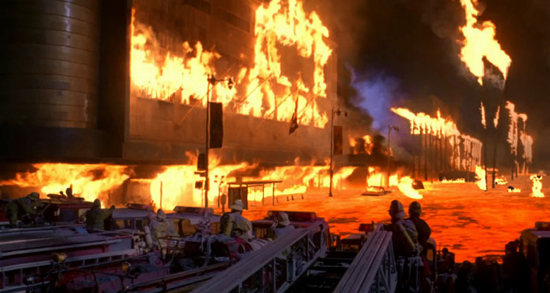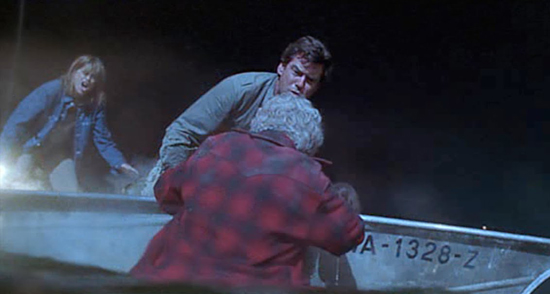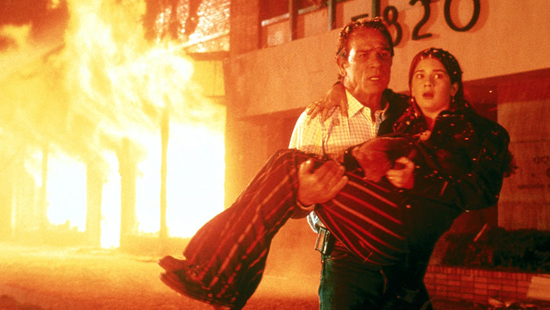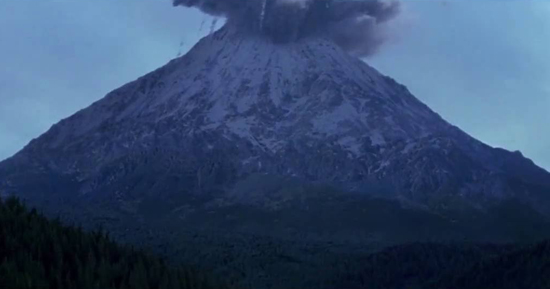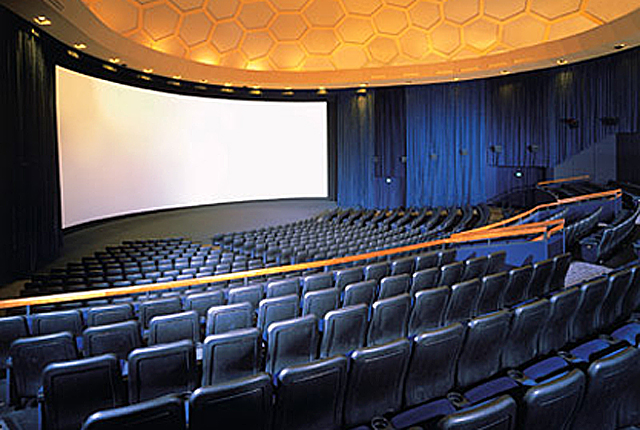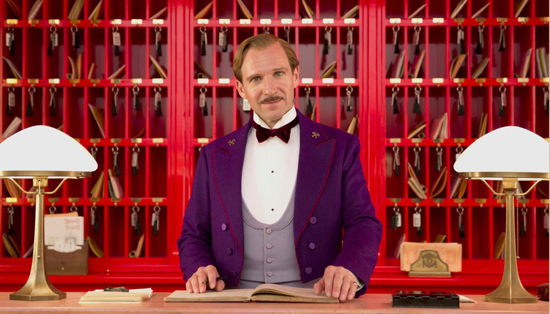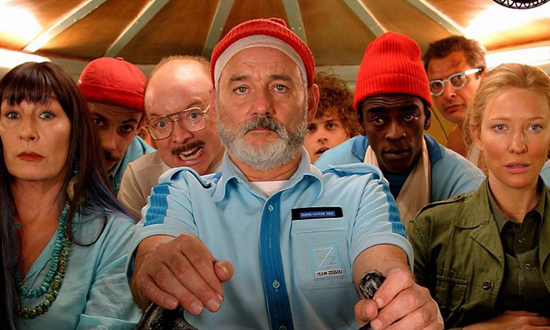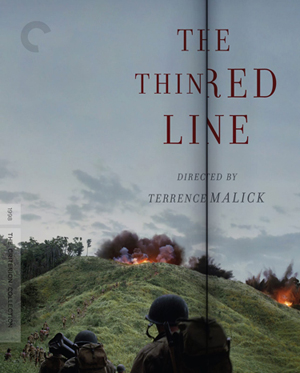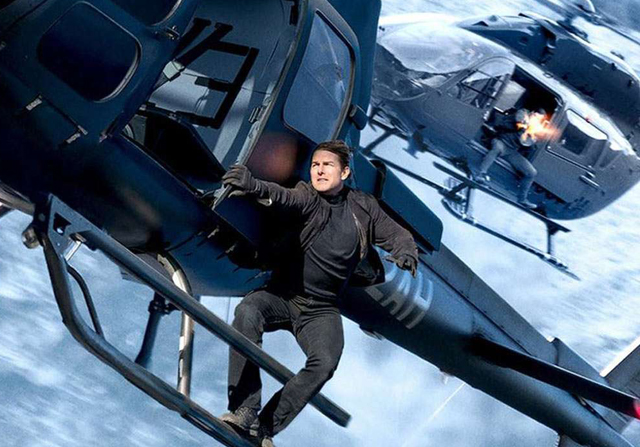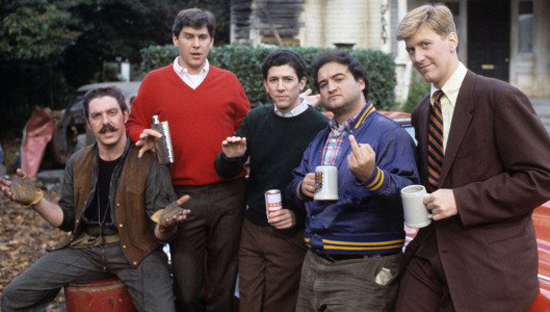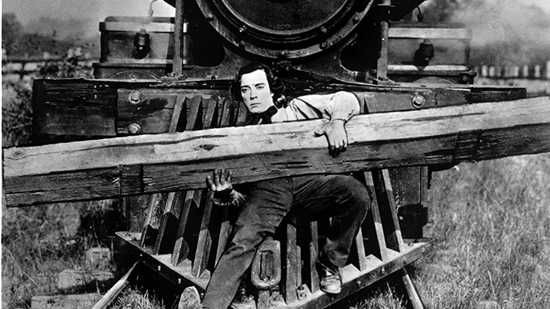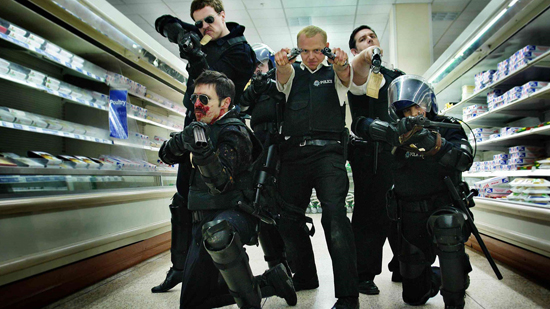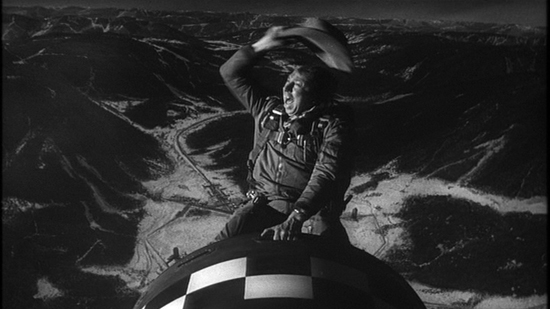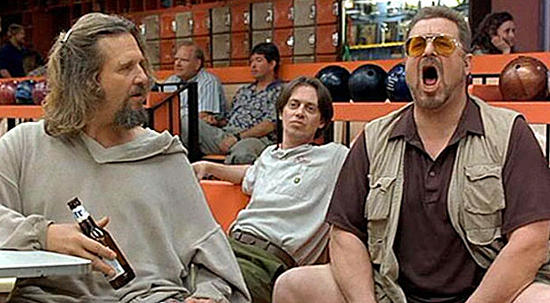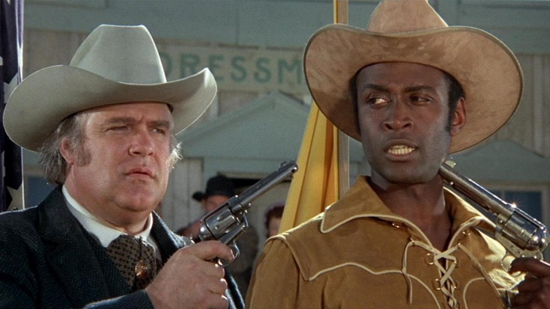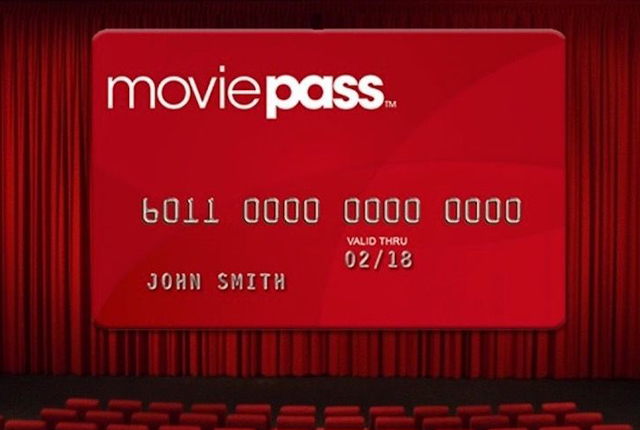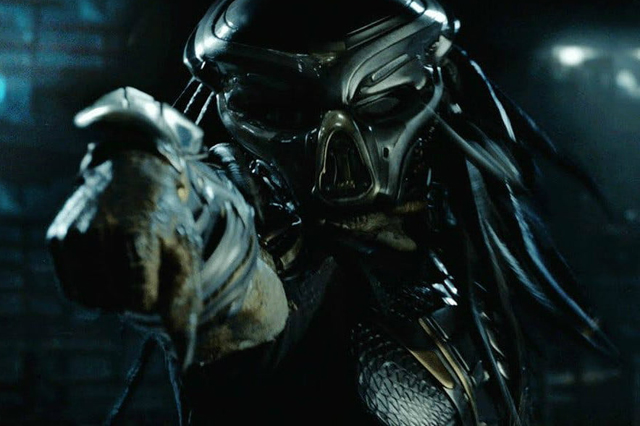
To be fairly honest, the Predator series has never really been my thing. I don’t hate the movies, nor really dislike them at all. I just don’t have the overwhelming admiration that some people have for these films. I guess as action movies they are alright. I’ve even found myself quoting the original 1987 film out of context many times, including the usuals like, “Get to the Choppa!!” or “Ain’t got time to bleed.” But if you were to ask me now to complete a retrospective of all the movies in this series, it would be a short one, because this is a franchise that has largely flown under my radar. And strangely, unlike most other franchises born out of it’s era, this has been a largely dormant series for long periods of time. There was a sequel starring Danny Glover that premiered in 1990, shortly after the original, but after that it wasn’t until 2010 that we saw another entry into this franchise; the Adrian Brody-headlined Predators. Sure there were the cross-over Alien vs. Predator series that launched in the early to mid 2000’s, but that’s a whole different franchise to itself. Predator, 30 years after it’s beginning, only had 3 films total as a part of it’s own canon, which is pretty small compared to all the Star Wars, Die Hards, and Jurassic Parks that we’ve seen in the same time frame. Hell, we are up to our 9th Fast and the Furious, and that series has only been around half the time that Predator has. One the one hand, it’s helped keep the mystique of the character fresh, because he hasn’t been diluted by dumbed down sequels for many years. But, on the other hand, his long absences from the big screen may be due to the limitations of the character. There’s only so much that you can get out of an alien hunter with no name or backstory. But, like most other things with nostalgia value, the Predator has caught the eye of Hollywood once again, and the call for a reboot has brought him back to the big screen.
First thought about doing another Predator movie now is that this is just a studio grabbing after some easy cash. And when a studio makes that choice, it usually leads to a sub-par effort that doesn’t rightly value the thing that it’s trying to exploit. This was the worry that a lot of fans of the series were worried about going into this new reboot. And then it was announced that the duties of bringing Predator back to the big screen would be going to writer/director Shane Black, and that suddenly made people interested once again. The choice of hiring Black is an interesting one. He of course is a rock star among screenwriters, having penned some of the most highly regarded action films of the last 30 years, from Lethal Weapon (1987), to The Last Boy Scout (1991), to The Long Kiss Goodnight (1996), and in more recent years he has distinguished himself as a director with equally beloved films like Kiss Kiss, Bang Bang (2004) and The Nice Guys (2016). But, the other interesting aspect is that Shane Black already has an established history with the franchise, as he was a part of the original 1987 film’s supporting cast. During his fledgling early days in Hollywood as a wannabe actor, Shane managed to land the role of Hawkins in the now classic film, working opposite heavy hitters like Schwarzenegger, Jesse Ventura, and Carl Weathers. But once his screenplay for Lethal Weapon sold and went into production at the same time, Shane said goodbye to acting and never looked back. So, it’s interesting that he would make a return to a franchise that represented a very different chapter of his career. Clearly, he doesn’t need The Predator; his career is already on solid ground. I think he took this opportunity mostly because he saw something that he could add to it, and possibly make it his own. Regardless, it got a lot of people excited to know that this franchise was in the hands of someone with a unique voice like Shane Black. But, does that promise result in a worthwhile entry into this famed franchise.
The movie begins with a Predator ship crash landing in the jungles of Southern Mexico. There, a black ops unit of American soldiers are about to eliminate a drug kingpin, and have their mission disrupted by the crash. One of the soldiers, Quinn McKenna (Boyd Holbrook) finds the Predator’s gear, including a helmet and armband, and uses them to survive the creature’s deadly attacks. After subduing the alien, he sends the contraband back home by mail, so that he can have evidence of his encounter that will prevent the army from declaring him insane as a way of silencing him in order to keep the incident under wraps. The package makes it’s way to McKenna’s home, where his Autistic son Rory (Jacob Tremblay) begins to play around with it, unknowingly unlocking and decoding it’s computer systems. Once captured and interrogated, Quinn is taken to a transport which will take him to another place for further examination (meaning the loony bin). On the bus, he meets fellow soldiers who themselves are dealing with a variety of mental disorders; self-destructive Nebraska Williams (Trevante Rhodes), joke-telling Coyle (Keegan-Michael Key), pyromaniac Lynch (Alfie Allen), Tourettes plagued Baxley (Thomas Jane), and Christ complexed Nettles (Augusto Aguilera). Meanwhile, on the same base that this crew is being held, the same Predator specimen is being examined by a team of scientists, including the chief commander of the investigation, Treager (Sterling K. Brown) and biologist Casey Bracket (Olivia Munn), who has found the shocking discovery that the Predator species is using different DNA from multiple species to evolve into more deadly beings. This becomes evident once a much larger and scarier Predator arrives and kills the smaller one found earlier. Discovering all this, Bracket enlists the help of McKenna and his outcast soldiers as they try to reach the Predator before he finds the source that brought him to their home; Quinn’s son Rory who’s been using the Predator gear as a Halloween costume.
There’s a strange dynamic to this movie that might make or break one’s viewing experience. For one thing, it feels like both a Predator movie and a Shane Black movie. Neither deters from the other, and in some cases it actually helps the other out and makes it work better than it otherwise would have. But, at the same time, this movie does feel like two movies mashed into one, and that is why it suffers from some rather drastic tonal shifts. You do have some neat looking action sequences that feel right at home in the Predator franchise, including some rather grisly and often hilariously over the top slaughters. And the movie also maintains the Shane Black trademarks that we’ve all come to love over the years; the quippy dialogue, the ridiculed masculinity, the strangely empowered young child, and of course the holiday setting (only this time he has swapped out Christmas for Halloween). Black’s affinity for comedic situations stemming from testosterone fueled showboating also feels strangely in character with the Predator series, and the movie is definitely at it’s best when it exploits this aspect. But, when Shane Black does indulge his own tastes, it does undermine any attempt on the movie’s part to build any tension. There isn’t a whole lot of plot here, and what there is of it comes across as fairly convoluted. In many ways, I liked this movie better when it was working as a Black comedy (excuse the pun), and less so as another entry in this franchise. In many ways, it seems that Shane is just piggy-backing on an already established franchise to deliver some of his ideas for situations that he otherwise couldn’t fit into any other film. At the same time, he still isn’t undermining the lore of this series; why would he since he was there right at it’s inception. A more hack job could have been done with this movie and Shane Black is a better filmmaker than that, but even still it’s a movie that feels more disjointed than his usual efforts.
I almost wonder if he is much better at delivering his own original ideas to fruition than being handed over already established material. That seems to be the case, because his only other disappointment as a filmmaker was the lackluster Iron Man 3 (2013), which neither showcased his trademark style very well and disrupted the very solid foundation of the Marvel Cinematic Universe with a bunch of unnecessary plot twists. The Predator is a better movie than Iron Man 3, but it does share many of the same issues. One is the lack of a cohesive tone, and two is because Shane Black’s ideas tend to run contrary to what the movies actually need. One area where I found this to be problematic is in how the movie deals with some of it’s more serious issues. In particular, it’s with how the movie deals with mental health problems. Each of the soldiers that make up the supporting cast have a condition that should be discussed with seriously, and for the most part are, but there are points where Shane Black does play their conditions off for laughs. This could prove problematic for the movie in the long run, because there are many veterans out there whose mental problems are no laughing matter, and though this movie doesn’t ridicule them, it nevertheless makes light of something that is very serious. The movie does treat the Autism of Jacob Tremblay’s Rory with a bit more seriousness, and it’s to the still very young actor’s credit that he portrays his character’s affliction in a realistic way. But seeing how his character’s issues are worked into the plot of the story also creates some head-scratching after a while. Also, Shane Black is a master of great many things, but none of them are excellence in world-building. If you’re looking for a movie that builds upon the lore of the Predator universe, you’ll probably be disappointed, as this movie is kept pretty earthbound for the most part. Not a huge problem for this movie in particular, but it’s pretty clear that Shane Black is just making his own kind of movie where the Predator just happens to be a part of it.
The movie’s greatest asset in the long run are the characters. This has always been Shane Black’s greatest strength as a writer and director, because he specializes in quirky, memorable characterizations that often transcend the stories of the movies themselves. I particularly like the interactions between the collection of misfits that help out our hero. Despite the problematic uses of each soldiers ailments, the actors still manage to make them endearing throughout the movie; something you wouldn’t expect in a Predator movie. I think it’s because Black likes to find the humanity in even the biggest of outsiders, and he quickly finds ways to break through the rough exterior of each to find the decent person underneath. I especially liked the performance of Trevante Rhodes, who we last saw in a breakout performance in the Oscar-winning Moonlight (2016). He takes what could have turned into a shallow, stereotypical character and makes him deeply layered, with a great deal of quiet subtlety. Boyd Holbrook also does decently in a role that typically comes off as wooden in most other action films; the straight man protagonist. His interactions with the aforementioned Jacob Tremblay are extremely effecting, and you see a genuine bond between the two actors that makes the father/son relationship feel real. Olivia Munn also does the best she can with probably the trickiest role in the film. Credit to Shane Black for not pushing the female presence to the side in this otherwise testosterone filled movie. Also, I really enjoyed Sterling K. Brown’s more antagonistic role, as his often lackadaisical attitude to the situation runs contrary to what you’d expect from this type of character. All in all, the one character that gets the short end here is the Predator itself, which has been typical of the series thus far anyway. At least with every other character being rich in personality, it makes up for there being little interest in the Predator.
The film is also a mixed bag when it comes to the action scenes. The thing with Shane Black as a director is that his strengths have always been in the dialogue and characters. When a movie emphasizes those things, like The Nice Guys, you don’t need the action set pieces to be spectacular. But, when working with a bigger budget like Iron Man or The Predator, Shane’s limited vision becomes more apparent. The visual effects are not particularly ground-breaking, especially when it comes to the Predator himself. No new territory is explored, particularly when it comes to the Predator himself. The CGI in fact robs the movie of some of the effectiveness of the character, as we’ve moved away from a man in a suit to a digitally rendered model that is larger and has an biotechnological exo-skeleton. The effect just isn’t the same because we as an audience can tell that he’s a special effect. There is still a traditional Predator present early on, but he’s dealt with early and the last, weaker half of the movie contains the digital character through the remainder of the film. Like everything else, the titular Predator is the weakest part of the movie. Shane Black does make up for it with some of the over-the-top violence however. There are some hilariously unexpected kills committed in this movie. One character, who I won’t spoil, even manages to blow up a drunk frat boy on the balcony of his house through a freak accident, which got quite the laugh from the audience I saw. And that’s mainly where the movie’s action works best; when it’s intended to get a laugh. This can be a very funny movie at times, and I liked how creative it would be at times with the violence. Even still, for a Predator movie, this may not exactly be what you were hoping for.
The movie as a whole isn’t an insult to what has come before, but it’s not exactly the series in it’s prime either. Shane Black was dealt with the unenviable task of bringing new life into this long dormant franchise, and while it may not be among his best work, he still managed to make it entertaining. In many ways, this works much better as a Shane Black movie than as a Predator movie. It’s got all the filmmaker’s trademarks, and it’s interesting to see them utilized in a film like this. I really liked the way he wrote the human characters in this movie, but it might have worked better if they were in a story that wasn’t already tied to a pre-existing franchise. Still, it’s interesting that Fox gave this franchise over to him, given how it represents a part of his own early career. I think that Shane wanted more than anything to see what he himself could do with this franchise, and it’s clear that he does have an affection for the original movie and the series as a whole. It’s just sad that none of what he brought to the table made the Predator himself any more interesting. The Predator is just the same old monster, which was quite a breakthrough creation back in the 80’s, but now seems quaint compared to all the monsters we’ve seen on the big screen since in things like Star Wars, The Lord of the Rings, and all the MCU films to date. Perhaps that was the purpose of bringing in Shane Black to breathe some personality into a series that has long outlived the originality of it’s fairly flimsy premise. Whether or not this leads to a future of more Predator films is hard to say, but Shane gave it his best shot. The Predator is neither a great action thriller, nor is it a waste of time. You may end up enjoying yourself watching this movie, but more because of the comedy rather than the action set pieces. As a character, I think the Predator is played out and should probably be put to rest. But, it is good to see Shane Black still delivering something worthwhile with his characters and comedy in what is otherwise a very underwhelming reboot.
Rating: 7/10


